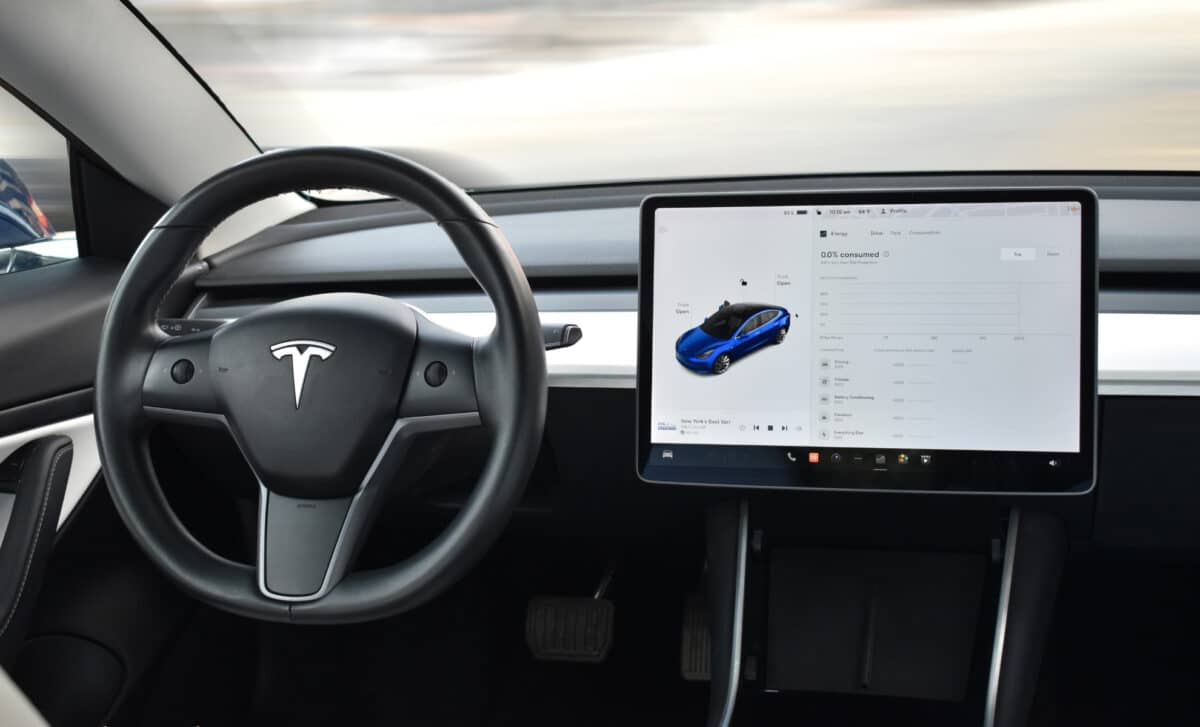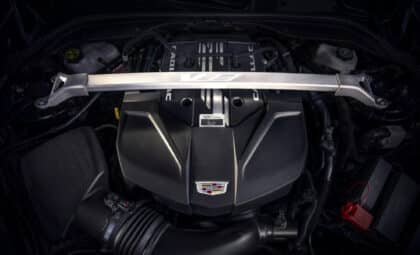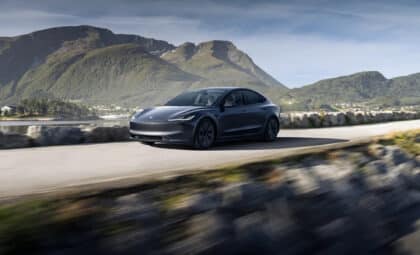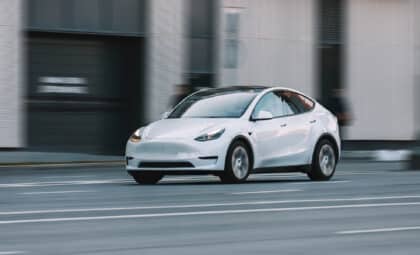For years, Tesla has stood apart from the rest of the automotive industry by rejecting CarPlay and Android Auto, opting instead to develop its own sleek and software-rich user interface. That strategy matched its branding: bold, closed-loop, and distinct. But as EV adoption spreads beyond early enthusiasts and into a more mainstream market, Tesla appears to be recalibrating.
This change, if implemented, may not only reflect a response to flatlining sales—it could also highlight just how entrenched Apple’s platform has become in the daily routines of drivers. Consumers now expect their cars to sync effortlessly with the apps and interfaces they already use on their phones.
Carplay Integration May Come with Constraints
Tesla’s version of CarPlay won’t mirror the full-screen experience found in many other vehicles. According to Bloomberg, the feature would exist within a window on Tesla’s main display, allowing the core Tesla interface to remain active and accessible. This setup would let drivers use Tesla’s built-in apps while also benefiting from CarPlay’s familiar navigation, communication, and media tools.
Apps like iMessage, Waze, and PlugShare—currently unavailable natively in Tesla’s operating system—would become accessible through CarPlay. That could be particularly attractive to users accustomed to a phone-first digital lifestyle.
This limited implementation still aligns with Tesla’s insistence on interface control while offering a middle ground for drivers who prefer Apple’s system. It suggests the company wants to deliver on customer demand without ceding too much ground.
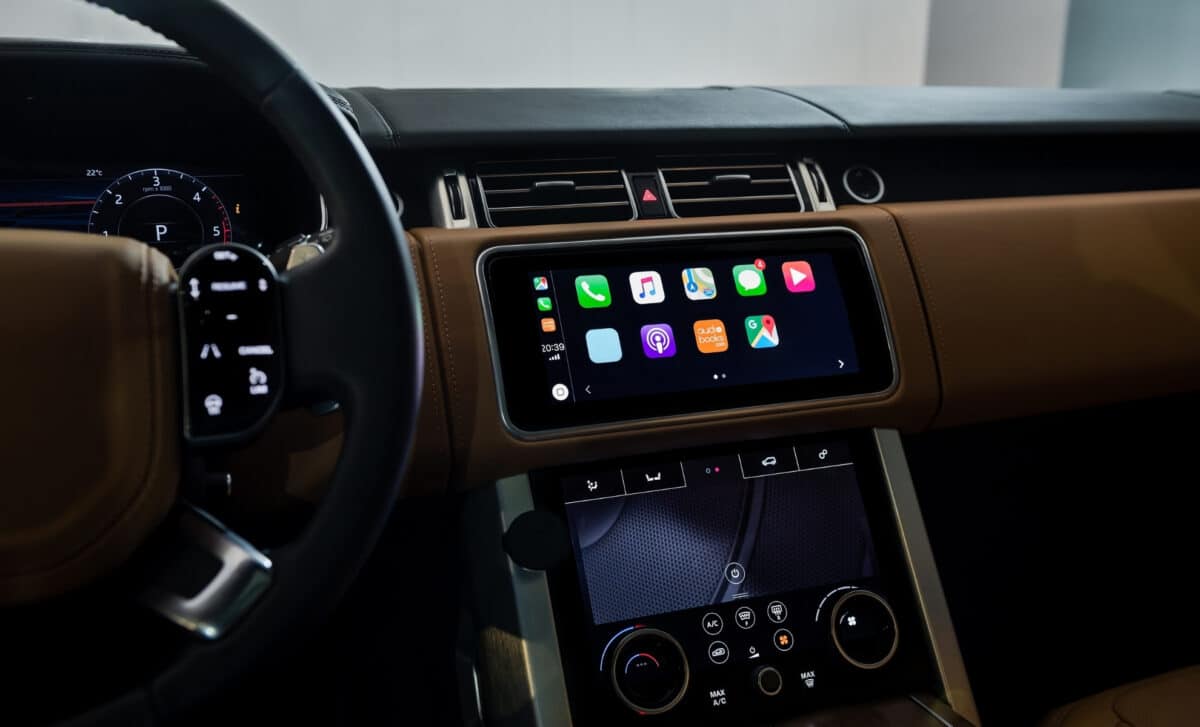
Slowing Sales Prompt a Software-Centric Rethink
Tesla’s global sales have been under pressure despite the arrival of high-profile releases like the Cybertruck, redesigned Model 3, and updated Model Y. Promotional tactics such as free Supercharging and trials of Full Self-Driving (Supervised) have failed to deliver a meaningful sales boost, as reported by InsideEVs.
According to the same source, Tesla could end 2025 with fewer vehicle deliveries than the previous year—an uncommon scenario for a company that once dominated the EV market with breakneck growth. The reality is shifting. Where early adopters once championed Tesla for its novelty and performance, today’s buyers want reassurance, ease of use, and familiarity.
A McKinsey survey cited in the article found that one in four EV buyers would rule out a vehicle that doesn’t support CarPlay or Android Auto. That figure alone may have played a role in Tesla’s decision to reconsider its software wall. Introducing a well-known, plug-and-play interface could ease concerns among less tech-savvy customers—and help recapture those sitting on the fence.
The Ripple Effect on Rival Holdouts
Tesla isn’t the only EV maker still holding CarPlay at bay. Both Rivian and General Motors have rejected Apple and Google’s infotainment systems in favor of proprietary platforms. GM has even gone further, confirming plans to remove CarPlay from its internal combustion lineup in addition to its EVs, as The Verge reported.
At the same time, Apple is expanding its automotive footprint. Its recently launched CarPlay Ultra aims to take over more of the vehicle’s interface, including speedometers, climate control, and media functions. If Tesla—often the benchmark for digital-first design—does reverse course and embrace CarPlay, it could place added pressure on other brands to do the same.
Over 80% of drivers who have access to CarPlay or Android Auto actually use it. That statistic reinforces just how embedded these systems have become in the in-car experience. The idea that tech giants can be excluded from the dashboard may no longer hold up—even for Tesla.
Internal testing is already underway, and discussions are ongoing about a possible public launch in the coming months. While no firm release date has been confirmed, the decision—if finalized—would place Tesla in line with consumer expectations it has historically sidestepped.

